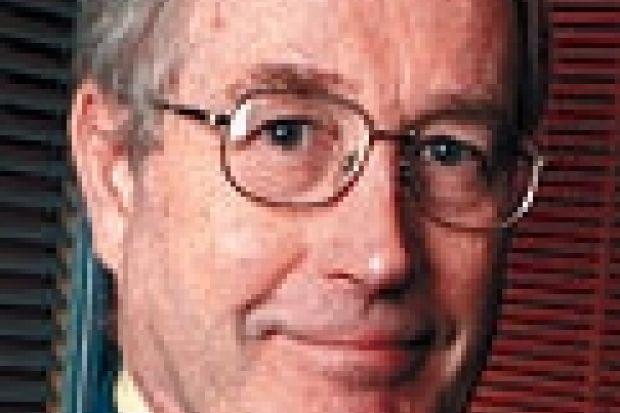Tony Hey has always appreciated the importance of communication. His role as director of the e-Science core programme gives him a way to help to circulate information. But having found inspiration from other scientists throughout his career, he is also anxious to pass on his own enthusiasm for science to others in more traditional ways.
"One of my talents is I can make a persuasive story," he says. "I like talking to school kids. I believe professional scientists and engineers should try to do that and excite people."
After graduating from Oxford University in 1970 with a DPhil in theoretical physics, Professor Hey studied on a Harkness fellowship at California's Caltech, in the theoretical-physics group of Murray Gell-Mann and Richard Feynman. He spent an "exciting" period at Cern, Switzerland, before going to Southampton University as a lecturer, then reader, in physics.
In 1981, he returned to Caltech on sabbatical and was inspired again, this time by Carver Mead, whose work provided the basis for the increase in computing power over the past 30 years. As a result, he transferred from theoretical physics to electronics and computer science at Southampton in 1986. There, he founded the Parallel and Distributed Computing Research Group.
Now on secondment to the Engineering and Physical Sciences Research Council until 2004, he has become more focused on the computing technology needed to advance the state of the art in computational science.
Feynman's request for help in writing up a series of his lectures on computing had sparked his interest in quantum computing and nanotechnology.
Professor Hey co-authored The Quantum Universe and Einstein's Mirror . It is all in an effort to understand the structure of the world we live in, he says, "one of the most exciting things you can do".
Register to continue
Why register?
- Registration is free and only takes a moment
- Once registered, you can read 3 articles a month
- Sign up for our newsletter
Subscribe
Or subscribe for unlimited access to:
- Unlimited access to news, views, insights & reviews
- Digital editions
- Digital access to THE’s university and college rankings analysis
Already registered or a current subscriber?
